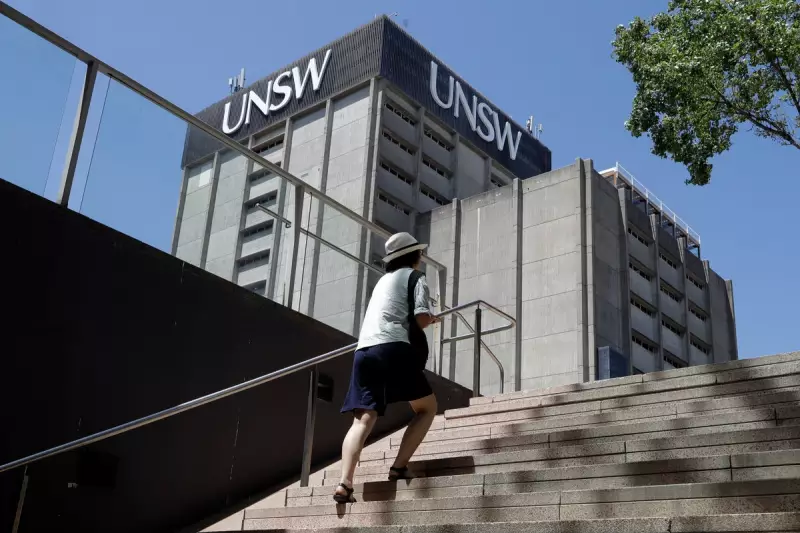
Australia is grappling with a mounting student debt crisis, as new data reveals that millions of graduates owe billions in unpaid loans. The Higher Education Loan Programme (HELP), formerly known as HECS, has left many former students burdened with debts that could take decades to repay.
The Scale of the Problem
Recent figures show that outstanding student debt in Australia has surged to over AU$100 billion, with more than 3 million people currently owing money under the scheme. The average debt per borrower stands at approximately AU$26,000, though many owe significantly more.
Why the Debt Keeps Growing
Several factors contribute to the ballooning debt crisis:
- Rising university tuition fees
- Indexation of loans to inflation
- Stagnant wage growth making repayments harder
- Increasing numbers of students taking on debt
The Economic Ripple Effect
Economists warn that this debt burden could have serious consequences for Australia's future:
- Delayed home ownership as graduates prioritise debt repayment
- Reduced consumer spending power
- Potential brain drain as skilled workers seek opportunities abroad
- Long-term impacts on retirement savings
Government Response Under Scrutiny
While the HELP system was designed to make higher education more accessible, critics argue the current model is unsustainable. Calls for reform include:
- Capping indexation rates
- Increasing repayment thresholds
- Reviewing fee structures for certain degrees
- Providing more financial literacy education
As the debate continues, millions of Australians face the reality of carrying student debt well into middle age, with no easy solutions in sight.





